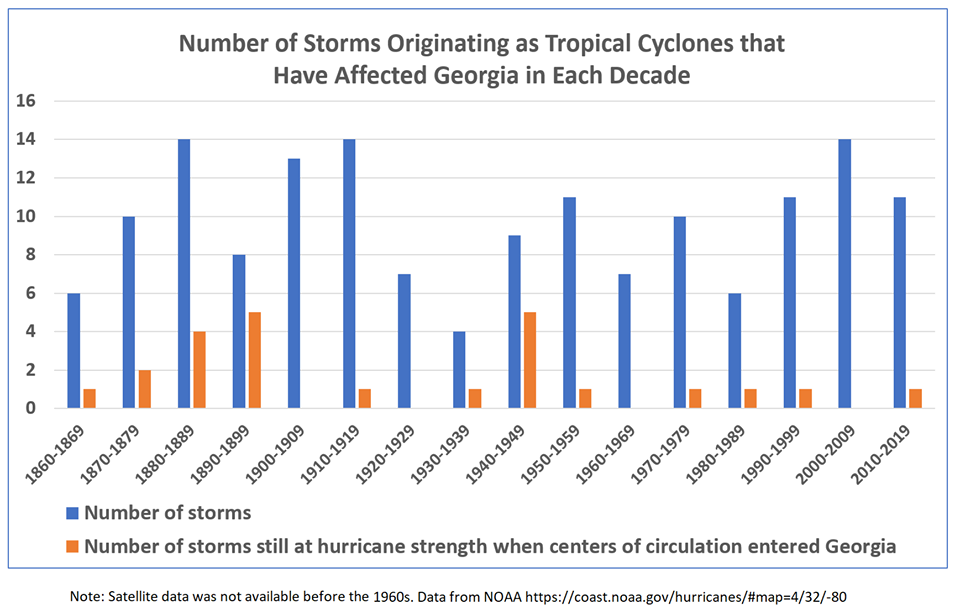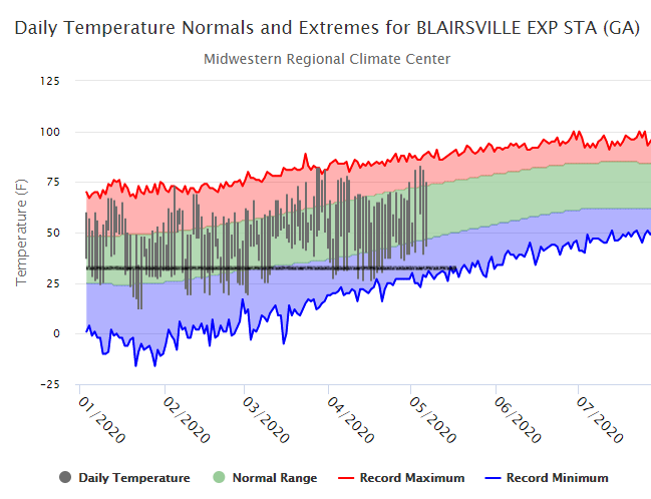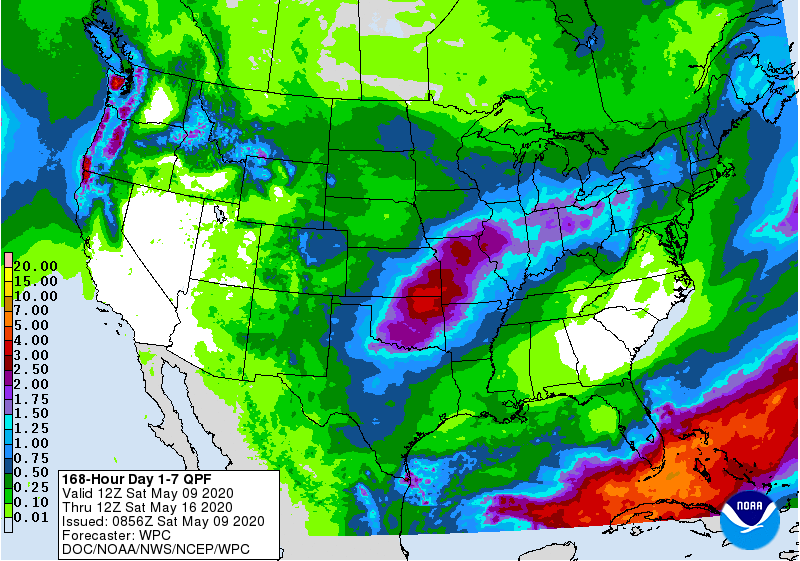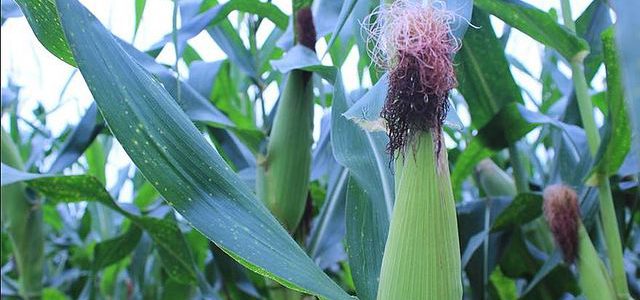-

I am participating in the monthly Southeast Climate webinar this month. The webinar will include: Climate Overview: Sandra Rayne | Southeast Regional Climate Center Water Resources Overview: SE Regional Forecast Center Agricultural Impacts and Outlook: Pam Knox | University of Georgia Product Spotlight: Hurricane Manuals for Agriculture Steve McNulty | USDA Climate Hub I’ll be…
Posted in: Events -

As the temperature and humidity in the Southeast increase over the next few decades under the influence of global warming, heat stress on agricultural workers working outdoors is expected to nearly double by 2050, according to a recent article in Modern Farmer. This will mean that workers need to switch to lighter clothing, be given…
-

In the last two weeks I have received a couple of emails asking me about a new hurricane insurance program that is being offered to producers which will help cover agricultural losses in case of a hurricane passing over their farm. I can’t give you advice on whether or not it would be worth it,…
-

What a crazy year it has been so far for temperatures! Here is the thermograph for Blairsville, which is one of the coldest spots in Georgia, with a black horizontal bar at 32 F. It shows that they had a warm winter and almost a month of temperatures above freezing from mid-March to early April…
-

In a reversal of the pattern earlier this spring, most of the region will be dry for the next week as high pressure dominates the area. The exception is southern Florida, where a very wet system will push through the area, bringing heavy rains to Miami and surrounding areas. Central and northern Florida are not…
Posted in: Climate outlooks -

This weekend is going to bring colder than normal temperatures across most of the Eastern US. Snow is likely to occur in northern locations and perhaps even in the Appalachian Mountains, as it did earlier this week in a few locations in the Southeast. Temperatures should be very cold for May, especially on Sunday morning…
-

As the global temperatures have been rising, the ranges in which different crops can grow have also changed. Corn and soybeans are two of the crops that are spreading north into areas where they did not previously grow. In the case of corn, increases in precipitation and humidity may also be allowing it to grow…